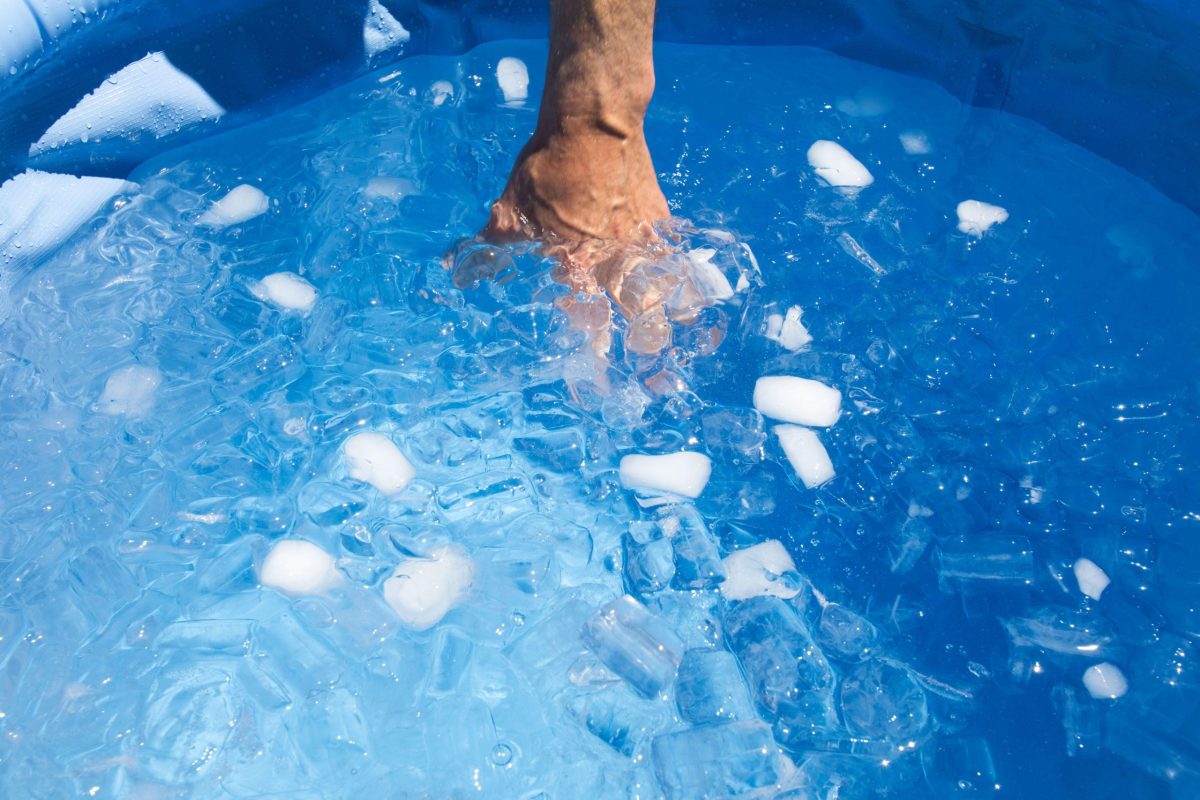Whether you are training for your first marathon, or your second, third or tenth, Physio Performance is here to help you from the initial training stages, right through to the finish line! Our expert therapist Conor is here to help guide you with his his top 4 marathon mistakes to avoid! Keep reading to find out more:
1. Stick to the Training Plan!
Choose a plan that works for you and stick to it. Social media has a lot of positive and motivating influences, but not when it comes to training for 26.2 miles. Don’t fall into the trap of seeing what another runner is doing for mileage and think you should be doing the same. Have faith in your plan and do it each week the way it was laid out so you can avoid injury. Making it to the start line is the first goal.
Every runner is different and you will not know how much mileage is manageable for you. Listen to your body and know yourself well enough to realize when you’re doing too much. One runner can achieve a PR (personal record) in the marathon with an 18-mile long run and 50- to 60-mile weeks while another can handle a 22-mile long run and 70- to 90-mile weeks.
Both options are very effective and work for those specific runners. Do some experimenting to figure out where your high mileage threshold is and then stick to it.
Common signs of overtraining include exhaustion, losing control of your emotions, injury, slowed paces, and not being able to elevate your heart rate. If you experience any of these for more than three days, take up to three days off. You will be surprised how good you feel when you return to running well-rested.
Recovery is an essential part of the training programme, and if you cannot recover well in between runs, injury risk becomes elevated due to chronic accumulation of fatigue.
Having a good recovery strategy can be the difference between an injury ridden and an injury free training plan. Use whatever modalities of recovery work best for you, such as ice baths, massage guns etc., but the basics of a recovery are a must. Proper sleep, nutrition and hydration are key.
2. Not Testing Shoes and Clothing
If you have never before run the half or full marathon distance, it is important to know when to buy new shoes. Most guidelines report 400 to 500 miles as the threshold for wear and tear but some runners need to update more often. Be sure you have the correct pair of running shoes for your feet and form, and then replace as necessary leading up to race day.
Most specialty running stores offer complimentary running analysis and then can recommend the correct shoes for your body. When it comes to shoes however, it is important to remember that comfort is key. For running shoes, see our previous blog here on how to pick the ideal running shoe!
What you wear above your feet can sometimes make or break your race. Marathoners need to worry about chafing, comfort is king on race day and a chafing outfit will seriously affect progress in the race. Select an outfit that you will be able to wear on race day by checking the weather ahead of time and wear it at least once on a long training run.
You want to be sure it’s comfortable and, if there are any chafe points, you can generously apply glide prior to the race start. Once you select an outfit that works for you, make sure you wear it on race day or you may have a very uncomfortable shower afterward.
3. Not making your Easy days Easy!
One of the hardest lessons learned is making your easy run days truly easy. Did you know that some elite runners run up to 80 percent of their training runs at an easy pace? It takes a lot of courage to run slow. Be confident enough in your training to run easy and slowly when your training plan calls for it.
Your body and mind need a break from going hard and, when you run easy and allow for active recovery, you can run your hard and long runs much more efficiently, while increasing your training base. Gradually, those easy run paces will increase so you can run faster with less effort.
Given the large race distance, it is important to develop a large enough aerobic base to last 26.2 miles. While tempo and speed work can be terrific for increasing V02MAX and speed endurance/maintenance, easy slow runs are the base for progression to more intense training.
Maintenance of easy runs provides active recovery to allow for the management of training load/fatigue, as well as setting the foundation for 3+ hours of continuous effort on race day.
4. Changing Up Nutrition & Hydration Strategies
Test out your hydration and fuel plan early and often in your racing preparation. Choose several long runs on your calendar to hydrate and eat the night before and during the run as you plan to on race day. The last thing you want is stomach issues or dehydration to derail your performance on your big day.
If you practice your race-day eating and drinking during your training runs, your body and mind will be used to ingesting the specific food, gels and drinks you give it.
Once you find food and beverages that work for you, use them throughout your training and do not deviate from the plan on race day. You may be tempted at the expo or at the race itself to try something new, but remember the golden rule — nothing new on race day!
A marathon is a major commitment of your time and effort, and something as simple as nutrition and hydration can be a major contributor on race day. Sample different carbohydrate loading strategies during your training, such as 6, 3 or 1 day strategies.
For a marathon, a 3 or 6 day carbohydrate loading is probably best, so as to avoid any bloating or GI distress on race day. It is also important to consider if you would like to consume any fast-acting carbohydrates during the race.
Whether this takes the form of a carbohydrate gel, energy bar of simply some jelly sweets, it is crucial to try these during training/long runs, in order to prevent any major upset of the stomach/bowels while exercising.
Are you training for a marathon?
From advice to strength training to deep tissue sports massage, Physio Performance is here to help you from start to finish!
Next step:
Want to get in touch with our team?
You can contact us on 041-9877059 or at info@physioperformance.ie. You can also book an appointment online with us HERE.







